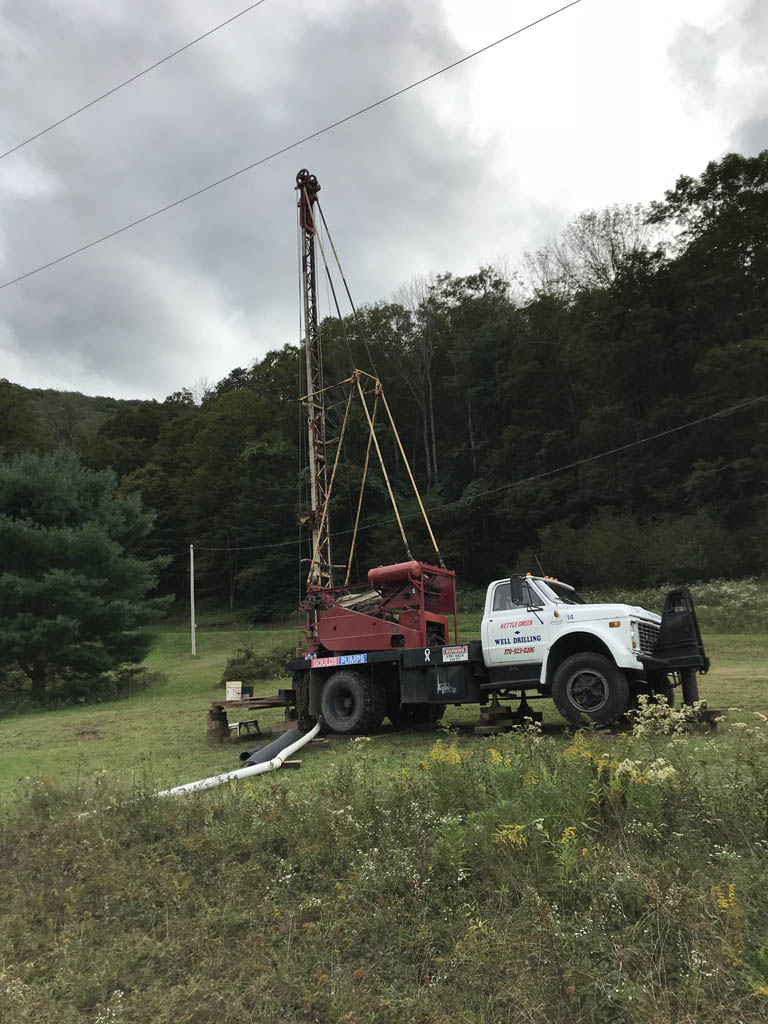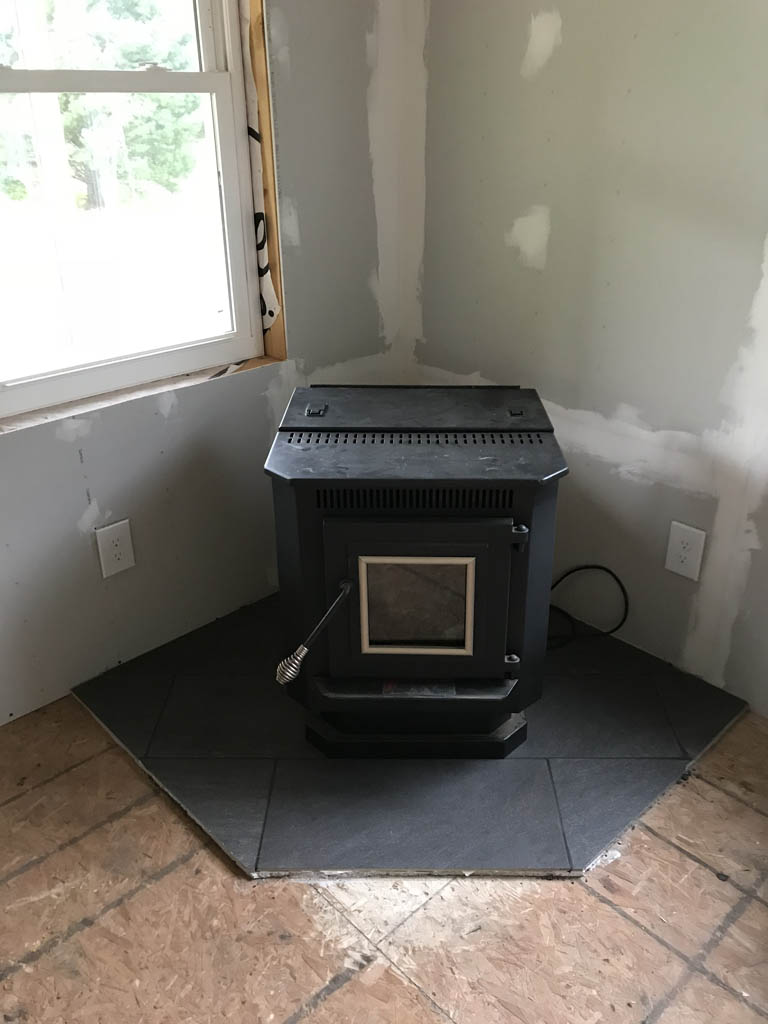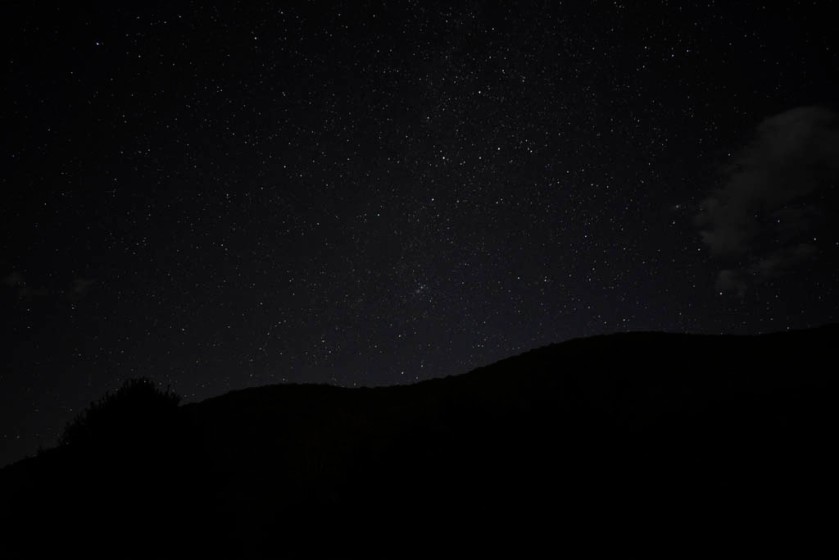About a year ago I purchased 60 seedling pine trees from the Arbor Day Foundation. These were delivered to me at the end of November, which I thought was an odd time to plant trees. However, the Arbor Day Foundation stated that this was a good time to plant pine trees as more energy is put into developing the root system when compared to planting in the spring when the energy is split between developing roots and foliage/needles. So, I spent a long weekend planting 50 white pines and 10 eastern cedars at various locations around the property.
Fast forward to this spring and I discovered that only 2 of the trees that I had planted in December actually survived. I was not happy about this. It was in spring that I had another 10 trees to plant (various deciduous trees) and through out the summer they grew and flourished. I learned a valuable lesson this year; only plant trees in the spring.
With autumn upon us, the weeds in the field around our cabin have turned brown and are dying off. This past weekend, while walking around the property, I spied a previously unknown white pine sapling! I investigated some more and discovered two more. My total was now up to 5 trees that survived out of the 60. Still not the best average, but I feel a bit better now knowing that almost 10% of the trees survived. Maybe I’ll plant some more pine trees, but I will wait until next spring to plant them.







